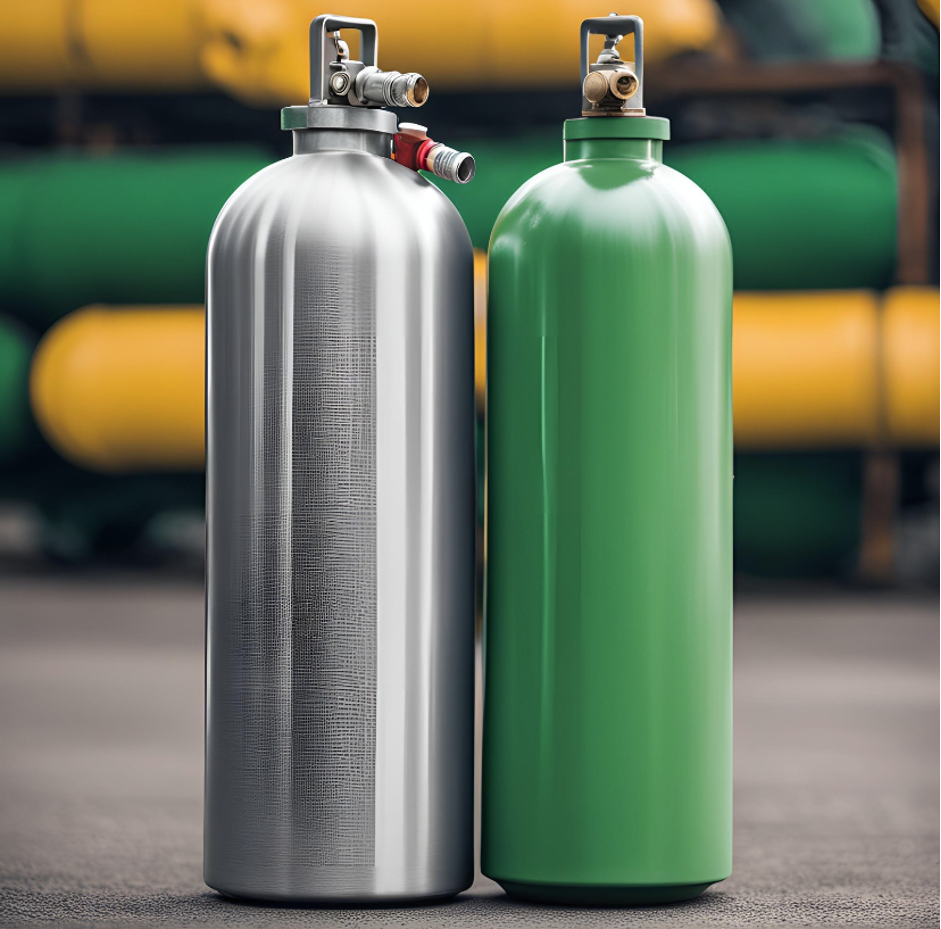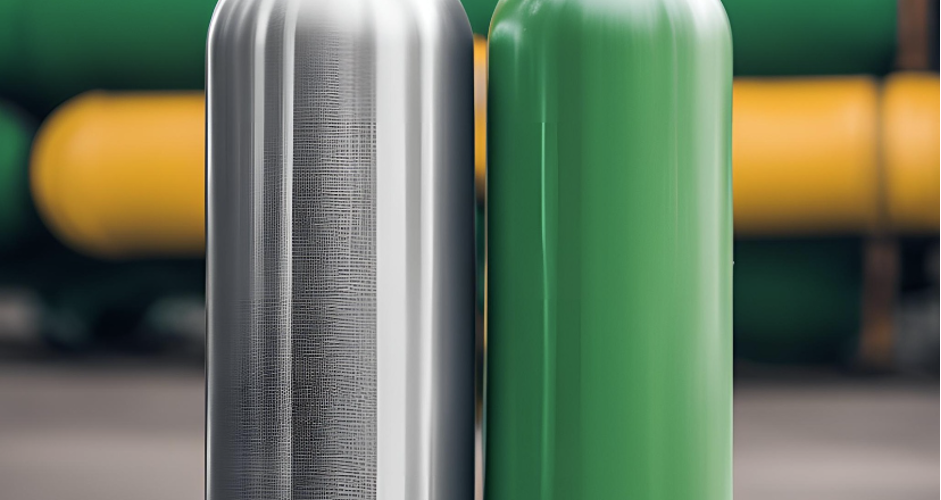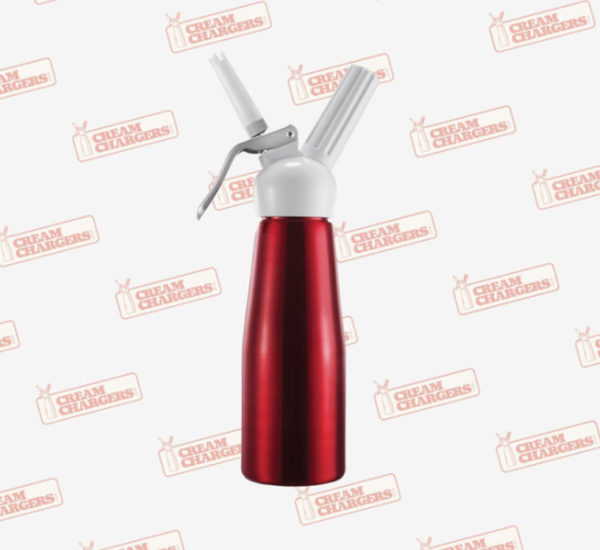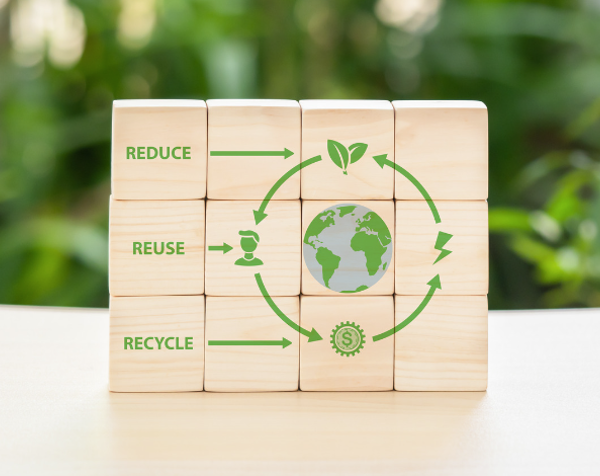
When it comes to gas chargers, CO₂ (carbon dioxide) and N₂O (nitrous oxide) are the two most commonly used options. Both gases serve different purposes, making it crucial to understand their properties and applications before deciding which one best suits your needs. In this guide, we will explore the key differences, uses, and factors to consider when choosing between CO₂ and N₂O chargers.
What are CO₂ Chargers?
CO₂ chargers contain compressed carbon dioxide gas and are widely used in food and beverage applications.
Primary Uses of CO₂ Chargers
- Carbonating drinks such as soda, sparkling water, and cocktails.
- Dispensing beer and other beverages from kegs.
- Inflating bicycle tyres and paintball guns in non-culinary applications.
Common Applications and Advantages
- Efficient carbonation: CO₂ chargers are perfect for infusing liquids with fizz, making them ideal for home-brewed sodas and sparkling cocktails.
- Extended shelf life: CO₂ helps preserve beverages by preventing oxidation.
- Cost-effective: CO₂ chargers are generally more affordable and widely available.
What are N₂O Chargers?
N₂O chargers contain nitrous oxide gas and are primarily used in culinary applications, particularly for aerating and whipping.
Primary Uses of N₂O Chargers
- Whipping cream and creating foams.
- Rapid infusions in cocktails and cooking.
- Enhancing texture in certain food applications.
Common Applications and Benefits
- Perfectly whipped cream: N₂O chargers dissolve well in fatty liquids, creating smooth and stable whipped cream.
- Velvety textures: Commonly used in fine dining for creating foams, espumas, and infused sauces.
- Fast infusions: N₂O allows for rapid infusion of flavours into spirits, vinegar, and oils.
Key Differences Between CO₂ and N₂O Chargers
| Feature | CO₂ Chargers | N₂O Chargers |
| Gas Properties | Adds carbonation | Creates aeration and foaming |
| Primary Use | Carbonating beverages | Whipping cream and culinary applications |
| Pressure | Higher pressure, ideal for fizzy drinks | Lower pressure, best for smooth textures |
| Cost | More affordable and widely available | Slightly more expensive due to culinary applications |
| Compatibility | Used with soda siphons and beer dispensers | Used with cream whippers and infusion tools |
When to Use CO₂ vs. N₂O Chargers?
If you need to carbonate beverages or dispense drinks from a keg, CO₂ chargers are the best choice. However, if you are looking to create light, fluffy textures in food or infuse flavours quickly, N₂O chargers are the way to go. Here’s a simple guide to help you decide:
- Choose CO₂ if: You want to make sparkling water, sodas, or dispense carbonated drinks.
- Choose N₂O if: You are whipping cream, making foams, or infusing liquids with flavour.
Safety and Proper Usage
While both CO₂ and N₂O chargers are safe when used correctly, handling them with care is essential.
Handling Tips for CO₂ and N₂O Chargers
- Always follow the manufacturer’s instructions for correct usage.
- Do not expose chargers to extreme heat or puncture them unnecessarily.
- Ensure proper attachment to the dispenser to avoid leaks and pressure-related accidents.
Safety Precautions to Follow
- Store chargers in a cool, dry place.
- Use food-grade chargers to ensure safety in culinary applications.
- Never inhale the gas, as misuse can lead to serious health risks.
Conclusion
Choosing between CO₂ and N₂O chargers depends on your specific needs. If you need to carbonate drinks, CO₂ is your best bet. For whipping cream and culinary applications, N₂O chargers are the preferred choice. By understanding the differences and proper usage of these chargers, you can make the most of their benefits safely and effectively.




